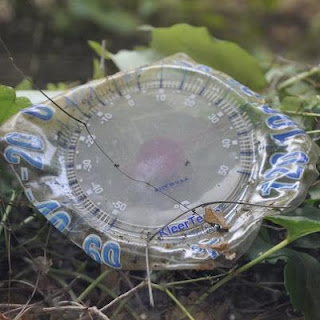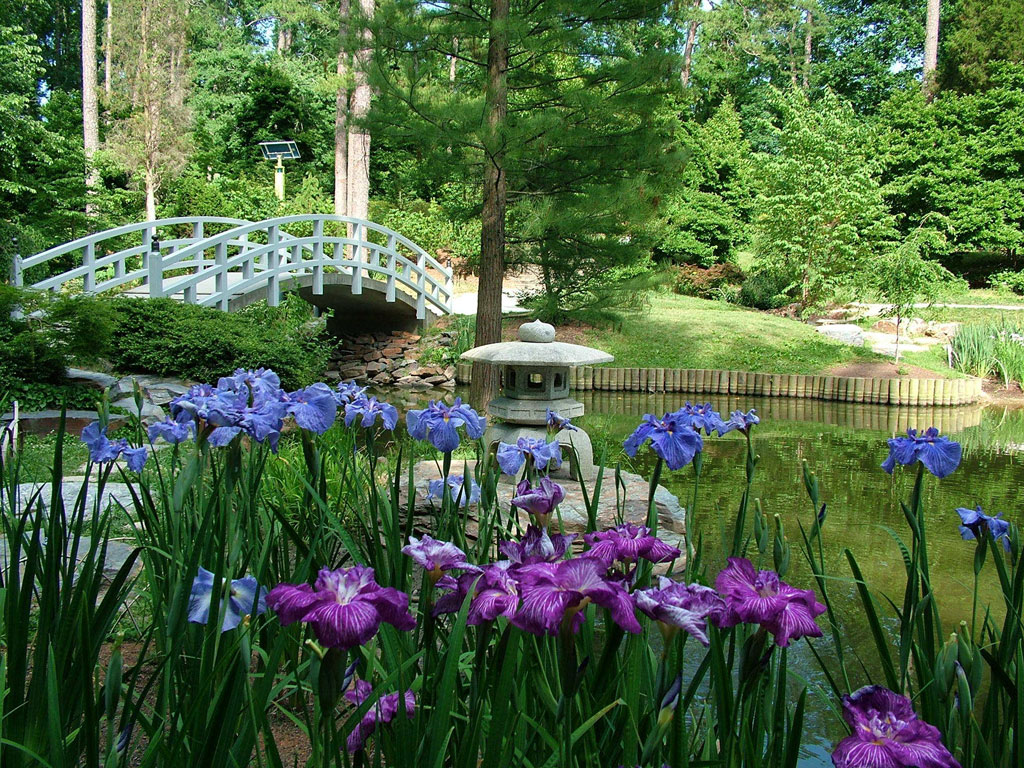If you are reading this, chances are that
we will all survive another near-death experience when it comes to world ending
events. Mankind has managed to evade the
Rapture hundreds of times, with some of these predicted events predating the birth
of Christ. From Nostradamus to 1960’s
psychic Jean Dixon; from mass murderer Charles Manson to Marshall Applewhite,
who instructed followers to have rolls of quarters for the spaceship vending
machines after they were saved from earth’s destruction. So why think the Mayan’s are any better at
predicting the end of the world then these other geniuses.
Needless to say, come Friday morning, I
will wake up and my garden will still need pruning, there will be leaves to remove
from the base of the shrubs, there will be stubborn weeds still growing and in
need of pulling. There will still be
mulch that needs to be spread, plants to be relocated or divided, a pond to be
cleaned. My vegetable garden will still
need to be tilled and prepped for spring and seeds will need to be
ordered.
I’m not planning on cancelling any garden
magazine subscriptions nor will I fail to renew any of my certification
licenses. Besides, how can the world
come to an end when I still have so much work to do?


















































